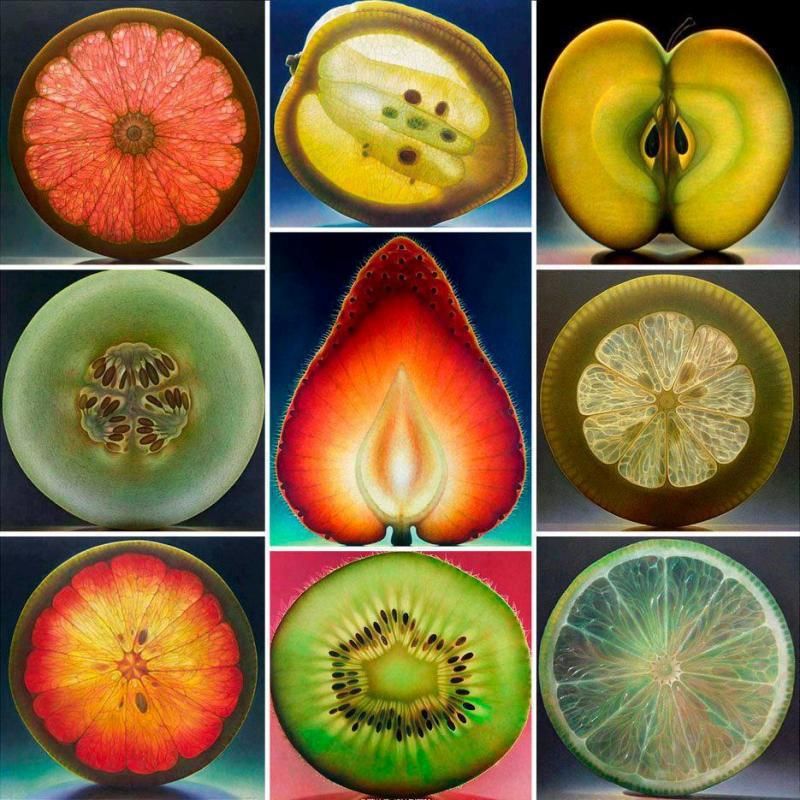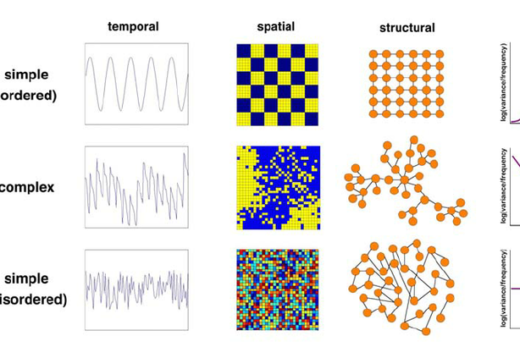
The world of fruits is a diverse and colourful one, with a wide range of shapes and sizes. From the rounded, smooth form of an apple to the spiky exterior of a pineapple, fruits come in a variety of geometries. In this article, we will explore the geometry of fruits and the fascinating ways in which their shapes and structures have evolved.
One of the most common fruit shapes is the sphere. Many fruits, such as apples, oranges, and grapes, are round or nearly so. This shape is ideal for maximizing the amount of fruit that can be packed into a given space, and it also allows the fruit to roll or bounce when it falls, which can help to disperse the seeds. The sphere is also a shape that can be easily approximated by nature since it is the shape that results from the minimum amount of energy required to create a three-dimensional object.
Another common fruit shape is the ellipsoid. This shape is like a sphere that has been stretched in one direction, creating an elongated shape. Many fruits, such as bananas, pears, and watermelons, have this shape. The ellipsoid shape is also ideal for maximizing the amount of fruit that can be packed into a given space, and it allows the fruit to hang from a tree or vine without rolling away.
Some fruits have more complex geometries. For example, pineapples have a spiky exterior made up of many individual fruitlets, each with its own shape and structure. This complex geometry is thought to have evolved as a way of deterring predators since the sharp spikes make it difficult for animals to eat the fruit. Other fruits, such as figs, have a hollow interior filled with tiny flowers. The geometry of these fruits has evolved in response to the needs of the flowers, which require a protected environment in which to grow and develop.
The geometry of fruits is also closely tied to their nutritional value. Fruits with a high surface area to volume ratio, such as berries and grapes, tend to be rich in antioxidants and other beneficial compounds. This is because the large surface area of these fruits allows them to absorb more sunlight and other nutrients from their environment. Fruits with lower surface area-to-volume ratios, such as bananas and apples, tend to be rich in carbohydrates and other energy-rich compounds.
In conclusion, the geometry of fruits is a fascinating and complex subject. From the simple sphere to the complex spiky exterior of a pineapple, the shapes and structures of fruits have evolved in response to a variety of factors, including the needs of the plant, the needs of the fruit, and the needs of the animals that eat them. Whether you are a gardener, a botanist, or just a lover of fruit, understanding the geometry of fruits can help you appreciate the diversity and beauty of the natural world.









